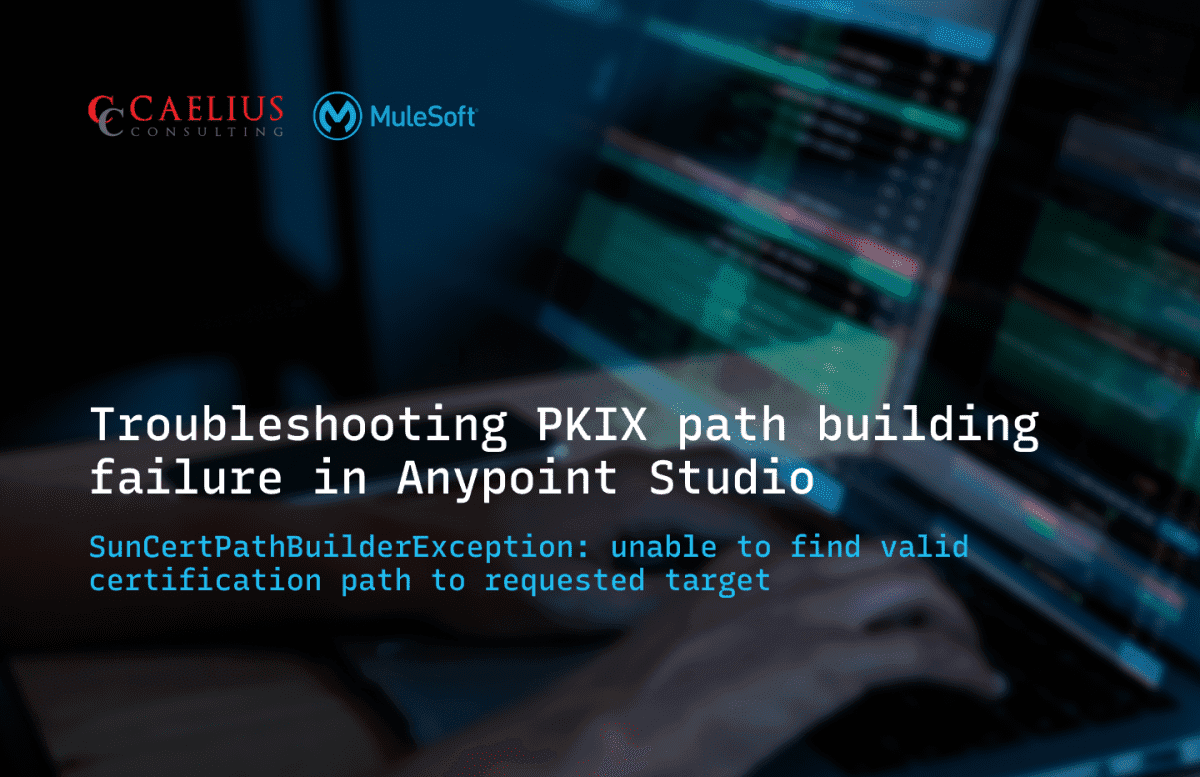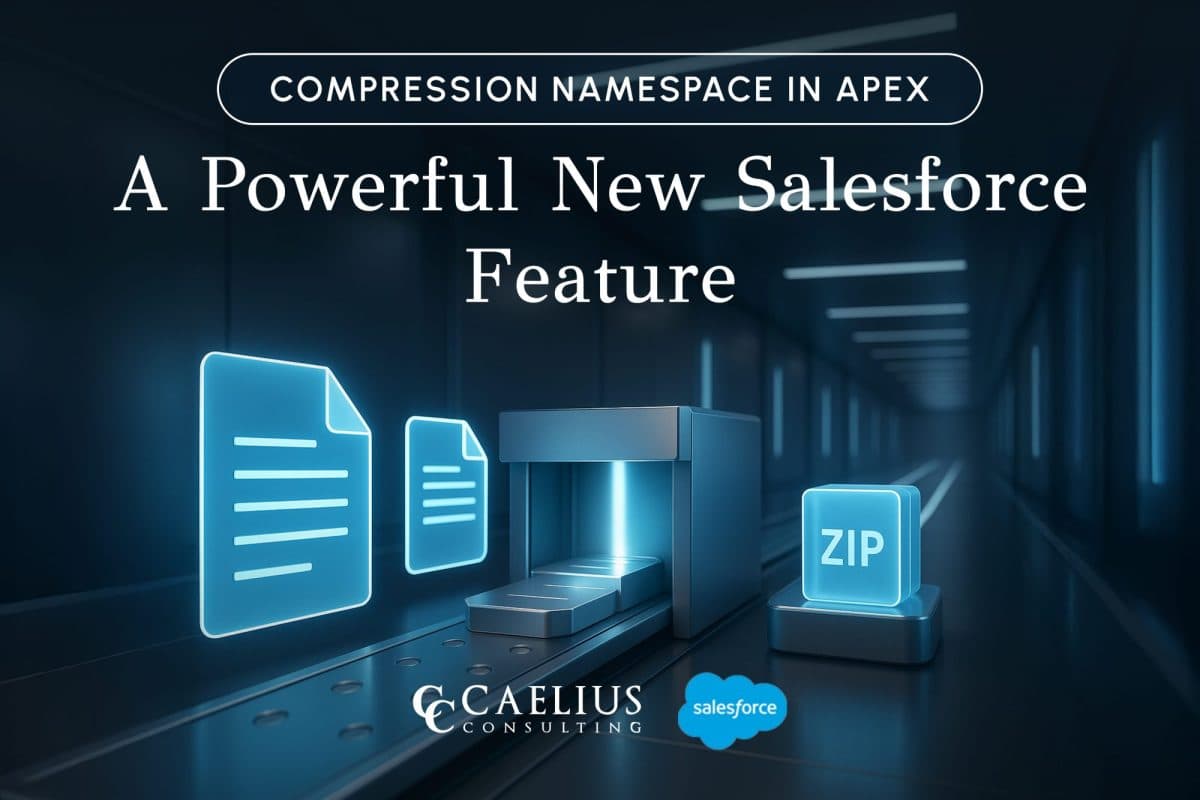Troubleshooting PKIX path building failure in Anypoint Studio

In this blog post, we will see how to resolve the PKIX path building failed error when we install the Anypoint Studio and try to run a project for the first time. This is a common issue that happens when JVM cannot find the Anypoint Platform certificates in its trust store.
Issue: SunCertPathBuilderException: unable to find valid certification path to requested target [INFO] Scanning for projects... [INFO] [INFO] ----------------------< com.mycompany:helloworld >---------------------- [INFO] Building HelloWorld 1.0.0-SNAPSHOT [INFO] --------------------------[ mule-application ]-------------------------- [INFO] [INFO] --- maven-clean-plugin:3.2.0:clean (default-clean-1) @ helloworld --- Downloading from: https://repository.mulesoft.org/releases/org/codehaus/plexus/plexus-utils/1.1/plexus-utils-1.1.jar Downloading from: https://repo.maven.apache.org/maven2/org/codehaus/plexus/plexus-utils/1.1/plexus-utils-1.1.jar [INFO] ------------------------------------------------------------------------ [INFO] BUILD FAILURE [INFO] ------------------------------------------------------------------------ [INFO] Total time: 1.334 s [INFO] Finished at: 2023-05-02T07:32:01Z [INFO] ------------------------------------------------------------------------ [ERROR] Failed to execute goal org.apache.maven.plugins:maven-clean-plugin:3.2.0:clean (default-clean-1) on project helloworld: Execution default-clean-1 of goal org.apache.maven.plugins:maven-clean-plugin:3.2.0:clean failed: Plugin org.apache.maven.plugins:maven-clean-plugin:3.2.0 or one of its dependencies could not be resolved: Could not transfer artifact org.codehaus.plexus:plexus-utils:jar:1.1 from/to mulesoft-releases (https://repository.mulesoft.org/releases/): transfer failed for https://repository.mulesoft.org/releases/org/codehaus/plexus/plexus-utils/1.1/plexus-utils-1.1.jar: PKIX path building failed: sun.security.provider.certpath.SunCertPathBuilderException: unable to find valid certification path to requested target -> [Help 1] [ERROR] [ERROR] To see the full stack trace of the errors, re-run Maven with the -e switch. [ERROR] Re-run Maven using the -X switch to enable full debug logging. [ERROR] [ERROR] For more information about the errors and possible solutions, please read the following articles: [ERROR] [Help 1] http://cwiki.apache.org/confluence/display/MAVEN/PluginResolutionException
 Solution: Import the Mulesoft Certificates to JVM
Solution: Import the Mulesoft Certificates to JVM
Step 1: Find which Java is used by Anypoint Studio
- Go to Anypoint Studio ???? Window ???? Preferences ???? Java ???? Installed JREs
- Copy the location of the Java: C:\AnypointStudio\plugins\org.mule.tooling.jdk.win32.x86_64_1.1.5

- Make sure AnypointStudio.ini file also refer to the same

Step 2: Download MuleSoft Certificates
- Go to https://anypoint.mulesoft.com/login/
- Click on the Lock pad Icon ????Connection is secure ???? Certificate is valid ???? Details
- Select Root Tag in Certificate Hierarchy and click on Export and download the file as “Der-encoded binary, Single Certificate”
- Do the same for child tags as well. (Download all 3 certificates.Der file type)
- In this case
- Root Tag: Cato Networks CA
- Child Tag: Cato Networks Server chicatod1
- Child Tag: anypoint.mulesoft.com


- Open a command prompt and navigate to the java folder which we have copied in Step1 C:\AnypointStudio\plugins\org.mule.tooling.jdk.win32.x86_64_1.1.5 \jre\lib\security
- Cmd keytool -importcert -file “Certificate File Path” -keystore cacerts -alias “Alias Name” -storepass changeit
- Execute the below commands individually and type “changeit” for the password and “yes” for the Trust This certificate.
- keytool -importcert -file C:/Users/ksumar/Downloads/anypoint.mulesoft.der -keystore cacerts -alias “anypoint.mulesoft cert”
- keytool -importcert -file C:/Users/ksumar/Downloads/CatoNetworkserverchicatod1.der -keystore cacerts -alias “CatoNetworkserverchicatod1 cert”
- keytool -importcert -file C:/Users/ksumar/Downloads/CatoNetworkCA.der -keystore cacerts -alias “CatoNetworkCA cert”

- Once all the certificates are successfully added to JVM restart the studio and run the API again.
Find more MuleSoft Technical Guides at Caelius Consulting Resource Centre.
Recent Blogs

Compression Namespace in Apex: A Powerful New Salesforce Feature
Introduction Working with documents inside Salesforce has always challenged developers because of the platform’s multitenant constraints. Previously, packaging and sending files in a compact form required external services, like an AWS Lambda function, that retrieved files via API and then compressed them. With the introduction of the Compression Namespace and the powerful pre-defined Apex functions,… Continue reading Compression Namespace in Apex: A Powerful New Salesforce Feature
Compression Namespace in Apex: A Powerful New Salesforce Feature
Introduction Working with documents inside Salesforce has always challenged developers because of the platform’s multitenant constraints. Previously, packaging and sending files in a compact form required external services, like an AWS Lambda function, that retrieved files via API and then compressed them. With the introduction of the Compression Namespace and the powerful pre-defined Apex functions,… Continue reading Compression Namespace in Apex: A Powerful New Salesforce Feature

Boost LWC Performance with Debouncing
Introduction Lightning Web Components (LWC) is a modern framework for building fast and dynamic user interfaces on the Salesforce platform. However, one common challenge in web development, including LWC, is efficiently handling user input, especially when dealing with rapid or repetitive events, such as typing in a search field. This is where debouncing becomes an… Continue reading Boost LWC Performance with Debouncing
Boost LWC Performance with Debouncing
Introduction Lightning Web Components (LWC) is a modern framework for building fast and dynamic user interfaces on the Salesforce platform. However, one common challenge in web development, including LWC, is efficiently handling user input, especially when dealing with rapid or repetitive events, such as typing in a search field. This is where debouncing becomes an… Continue reading Boost LWC Performance with Debouncing

Salesforce Pricing Automation: Boost Efficiency And Accuracy with Apex Triggers
Introduction In order to succeed in today’s fast-paced business landscape, precision and speed define competitive advantage. For businesses, especially those managing complex product catalogs, ensuring accurate pricing on sales orders or custom lines can be a time-consuming and error-prone task. To overcome this challenge, Salesforce trigger handlers offer a powerful solution to automate the entire… Continue reading Salesforce Pricing Automation: Boost Efficiency And Accuracy with Apex Triggers
Salesforce Pricing Automation: Boost Efficiency And Accuracy with Apex Triggers
Introduction In order to succeed in today’s fast-paced business landscape, precision and speed define competitive advantage. For businesses, especially those managing complex product catalogs, ensuring accurate pricing on sales orders or custom lines can be a time-consuming and error-prone task. To overcome this challenge, Salesforce trigger handlers offer a powerful solution to automate the entire… Continue reading Salesforce Pricing Automation: Boost Efficiency And Accuracy with Apex Triggers

Connecting MuleSoft and Azure SQL with Entra ID
Introduction Establishing a secure connection between MuleSoft and Azure SQL Database can be challenging, especially if you are using Entra ID (formerly known as Azure Active Directory) for authentication. This blog walks through a fully working configuration for connecting to Azure SQL using ActiveDirectoryServicePrincipal in Mule runtime 4.7.4 with Java 8 — addressing driver setup,… Continue reading Connecting MuleSoft and Azure SQL with Entra ID
Connecting MuleSoft and Azure SQL with Entra ID
Introduction Establishing a secure connection between MuleSoft and Azure SQL Database can be challenging, especially if you are using Entra ID (formerly known as Azure Active Directory) for authentication. This blog walks through a fully working configuration for connecting to Azure SQL using ActiveDirectoryServicePrincipal in Mule runtime 4.7.4 with Java 8 — addressing driver setup,… Continue reading Connecting MuleSoft and Azure SQL with Entra ID